Catbells Sunrise Trip
By Clive Dunkey
When the first Catbells trip was announced in the spring, I was really disappointed that I couldn’t go on it. It sounded quite wonderful, to be on such an iconic hill in the Lake District with the sun rising, illuminating the beautiful scenery. So when the opportunity arose again, in the autumn I jumped at the chance.
Going on a professionally led event, for someone like me, that doesn’t know the area and lacks the necessary skills to navigate in the pre-dawn gloom allows access to places that might otherwise be challenging or unwise to attempt. There is also the additional advantage that our guide for the day, Ade Gidney is an accomplished photographer who gained his FRPS in landscape photography of the Lake District.
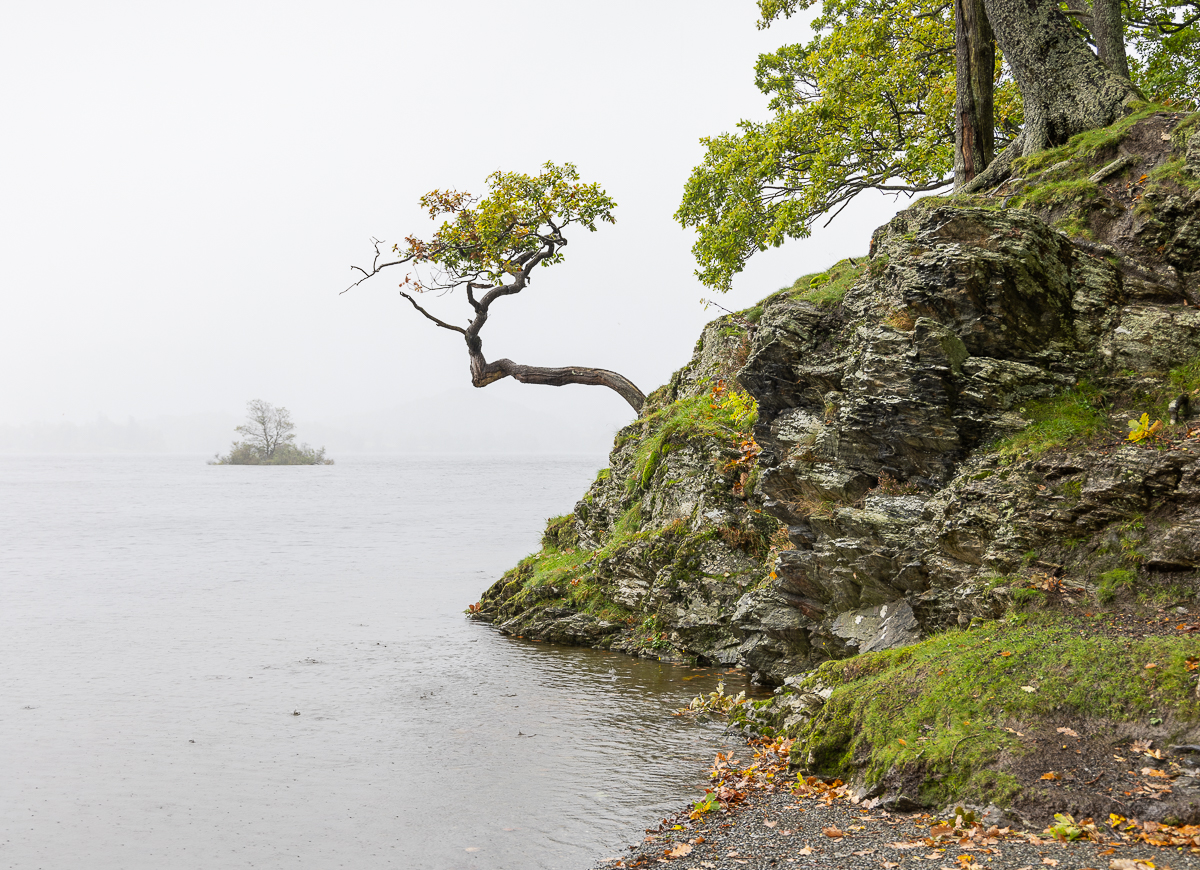
Image: Derwentwater Mist by Clive Dunkey
An essential ingredient for sunrise photography is of course the sun and as the day of the trip approached the weather forecast was repeatedly reviewed and it didn’t look very promising. Ade was in touch by email to see if we could come a day later, which at that stage had a better forecast. Commitments meant that we would have to stick to the Friday but decided to meet up later in the morning as there was no prospect of seeing any sun that day. The plan instead was to visit some alternative locations around Derwent Water and hopefully capture some atmospheric photos of the area. It wasn’t raining when we set off on a walk to the first lakeside viewpoint but it wasn’t long before it started again. Some would say that it was a nice day for ducks and we did see a very nice duck.
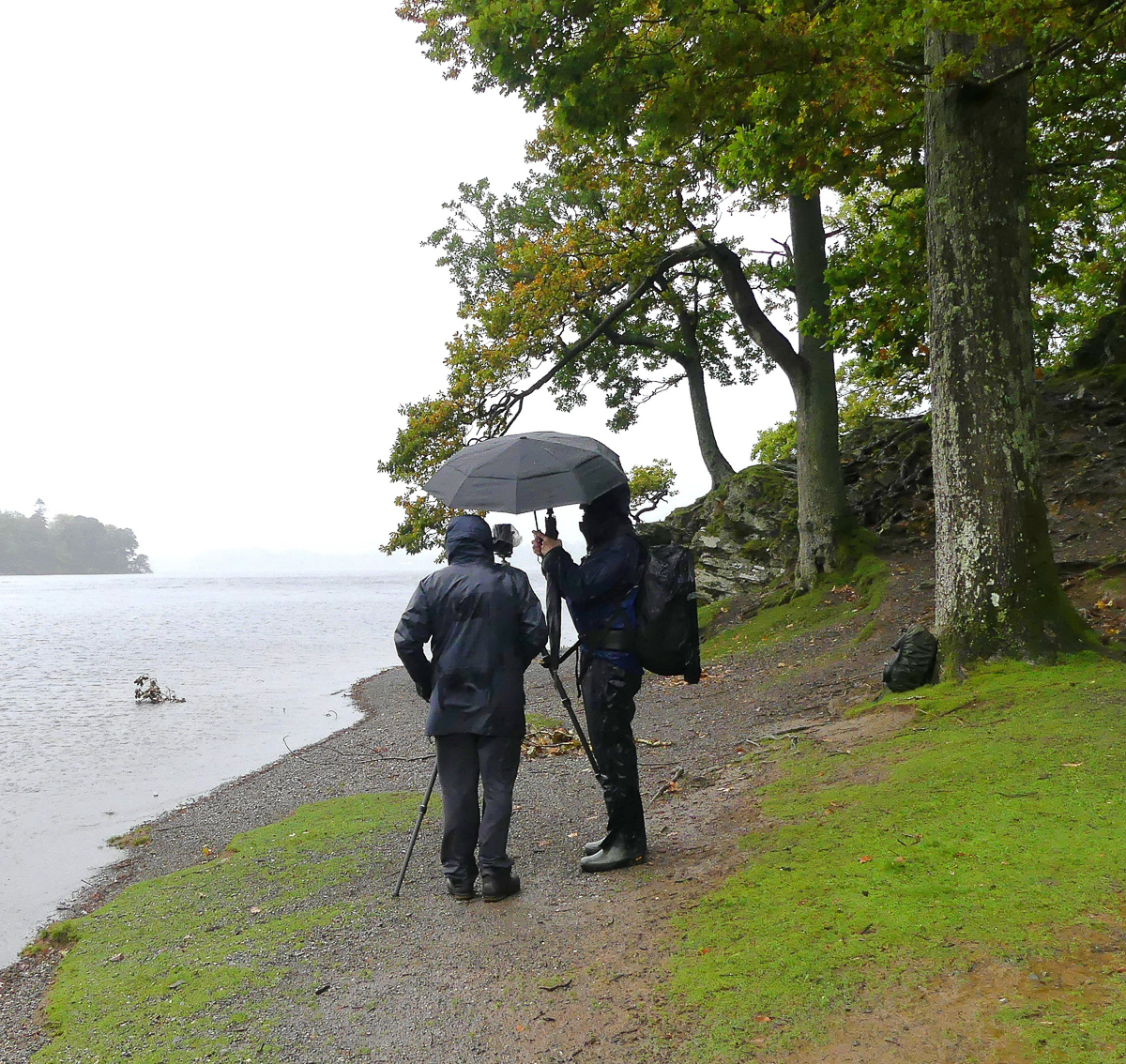
Image: Beneath the Brolly by Eileen Kershaw
The day became about trying to keep our cameras, as well as ourselves dry. I had a purpose made camera cover which worked provided that I didn’t need to use any of the controls or the touch screen. This of course meant it was useless, as was the much vaunted shower cap, which blew off and attempted to escape across the lake. Luckily, I recaptured it before it got away. The best protection came from the humble umbrella held by a more than able assistant leaving both my hands free. Eileen had an alternative technique of threading the umbrella handle and shaft through her rucksack straps and sensibly opted not to use a tripod. We made a couple more stops on the route back to the car park and then we set off in Ade’s car to Borrowdale. The target was Borrowdale Mill but it had been raining so much that it was unsafe to approach this classic viewpoint. As an alternative we focused on an interesting nearby tree instead.
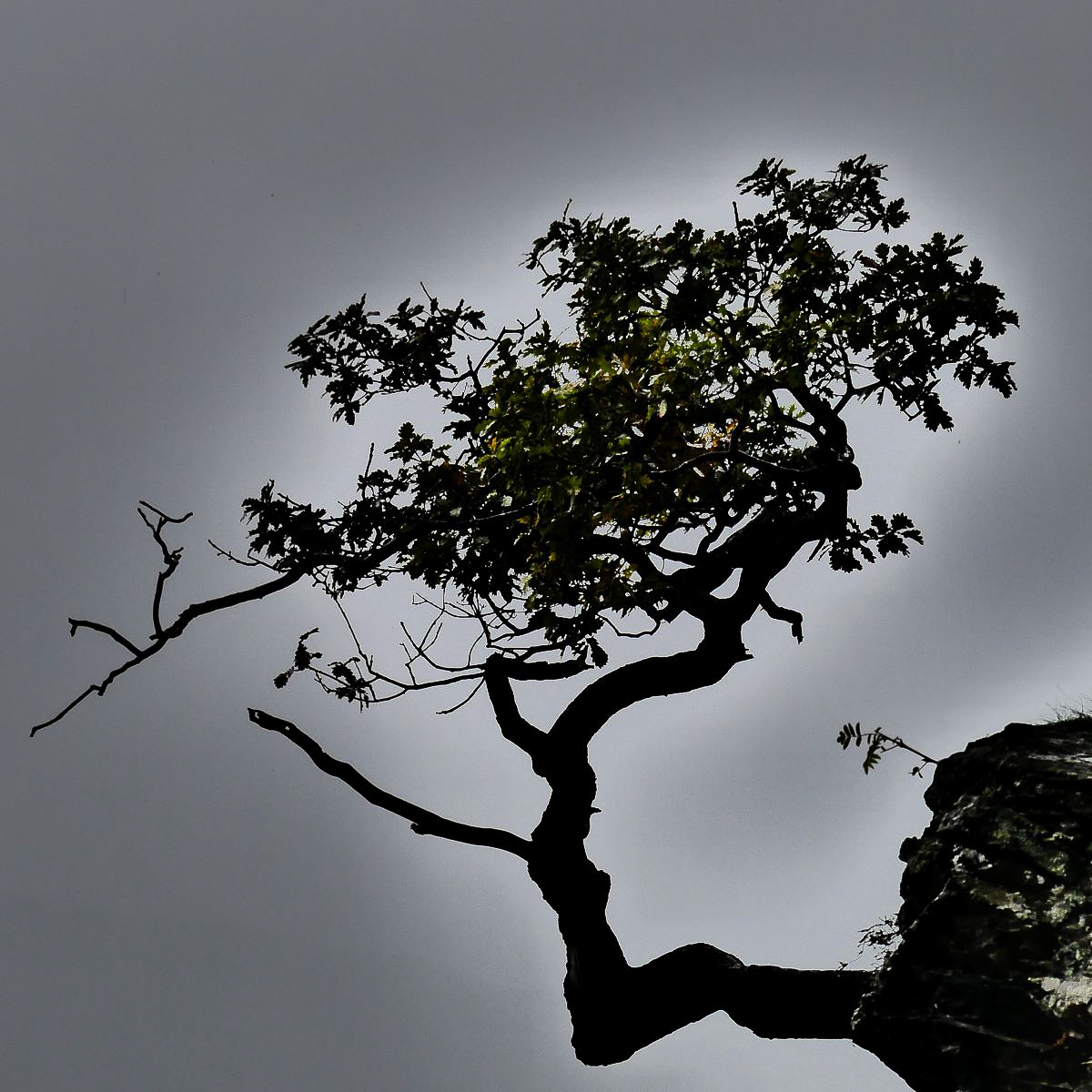
Image: Contorted Growth by Eileen Kershaw
The final location was another classic: Ashness Bridge. It was raining quite heavily when we arrived and didn’t let up all the time that we were there. I gave up at this point but Eileen took the conditions in her stride. After spending time here we decided to return to the original car park and concluded our excursion and even though the weather had been against us it was an interesting and enjoyable day.
![]()
Image: Ashness Bridge with Google Pixel 6 by Ade Gidney FRPS
During the day Ade discussed various aspects of composition including the use of the camera on your mobile phone to help evaluate a scene's photographic potential. Another helpful suggestion was to keep in mind what it was that attracted you to a scene and emphasise that and not get distracted by other elements which could turn attention away from the prime subject.I often crop my photos when processing the images but a more proactive choice proposed by Ade can be taken by changing the aspect ratio in camera rather than merely accepting the standard 3 x 2 aspect ratio of full frame cameras. Selecting ratios such as 16x9 or 5x4 provides alternative composition options that may be more suitable for the scene being photographed.
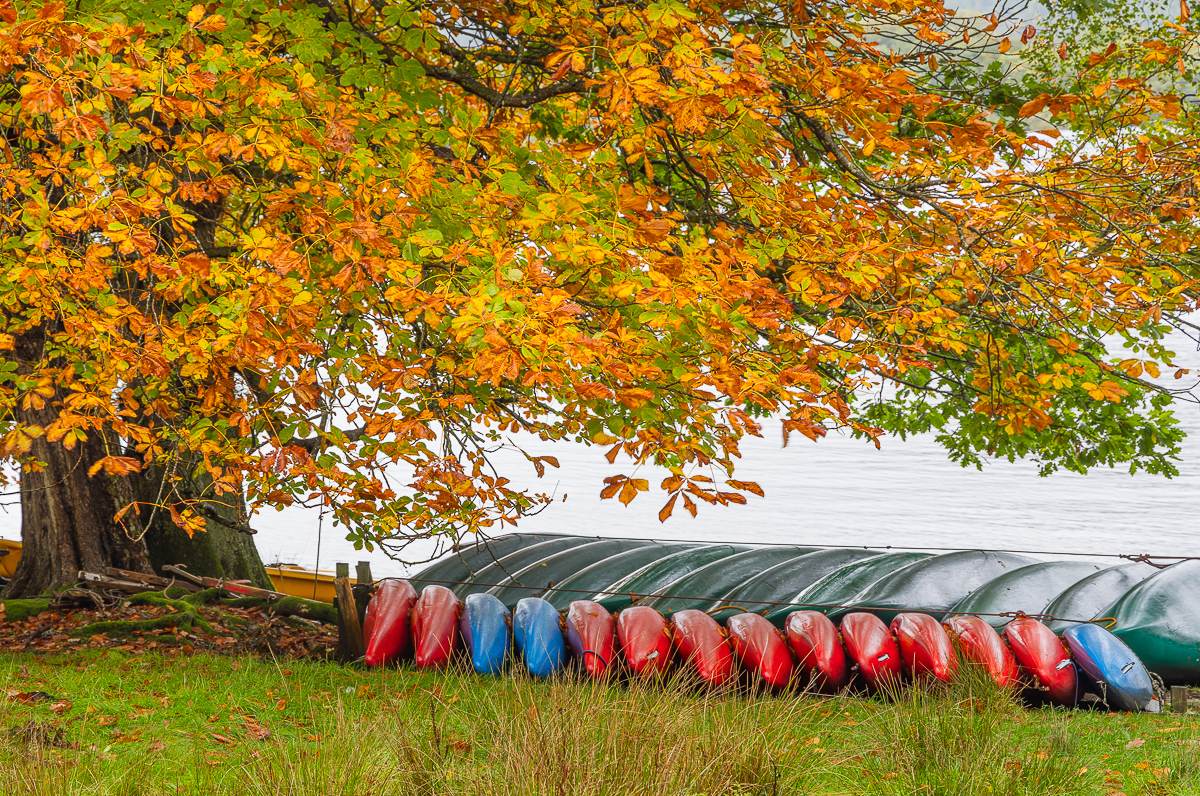
Image: Horse Chestnut and Canoes by Clive Dunkey
White balance was also discussed and it was suggested that rather than use Auto White Balance we could consider adjusting the setting so that it matches the scene before us, which is important if shooting JPEG and a useful aide memoire for RAW files. Another option for images saved as RAW files is to include a “grey card” in the photo so there is a reference point to select when processing the image later.
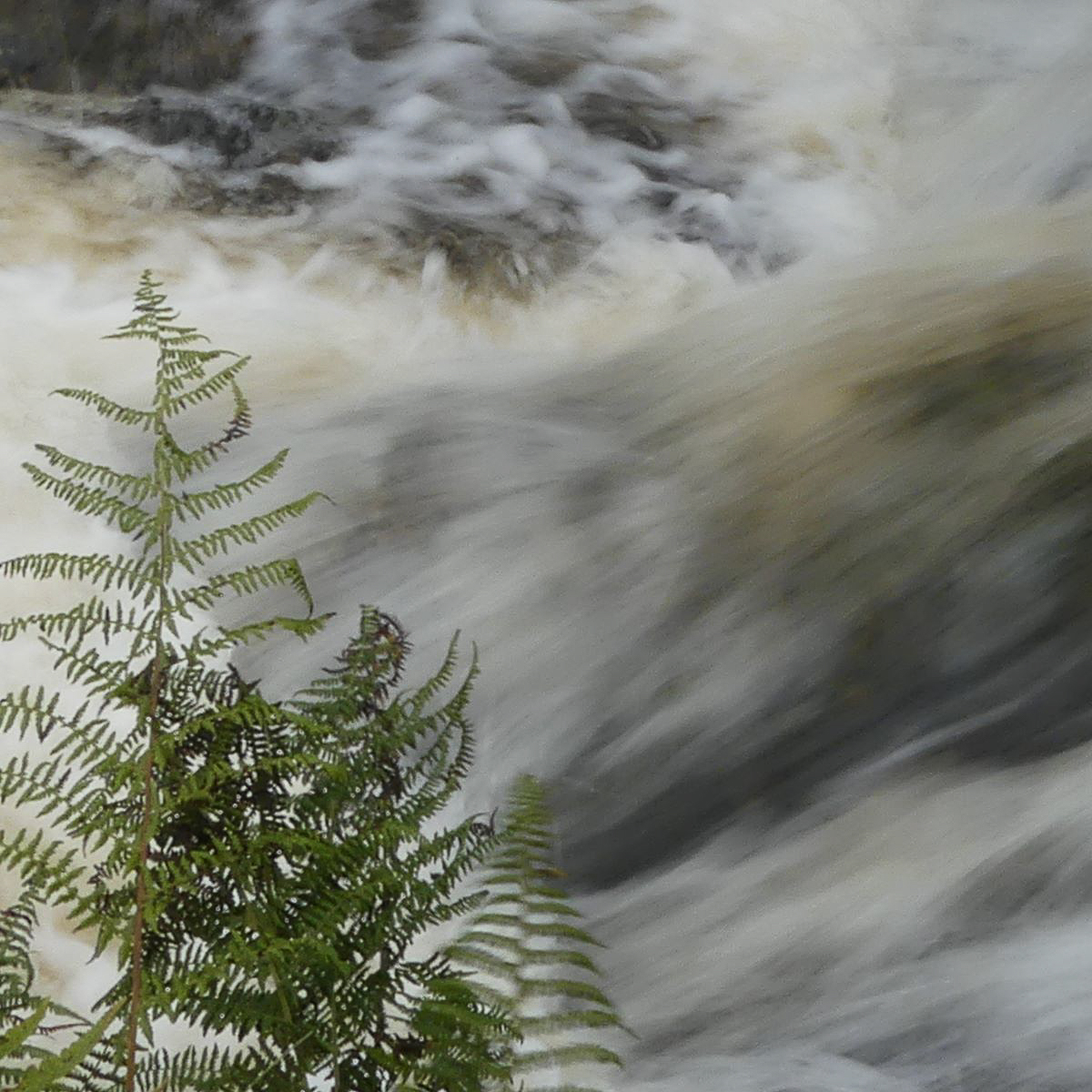
Image: Rushing By by Eileen Kershaw
Header Image: Leaning Out © Clive Dunkey
Landscape Group website: Home | What we do | Events | Join us | Competitions | Group News & Articles | Projects | Our Committee

